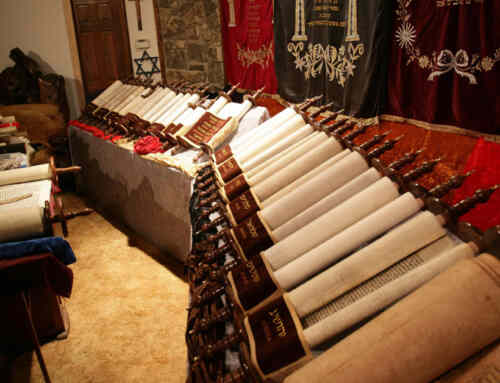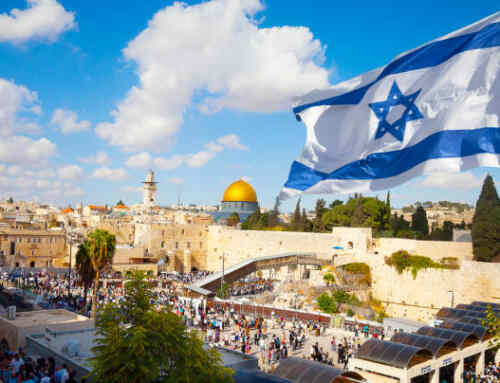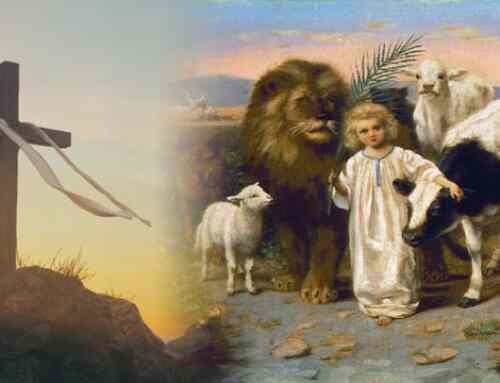The Head represents the Kingdom of Babylonia lead by King Nebuchadnezzar. The chest and arms of silver represent the Medo-Persian Empire whose last leader was Darius III. The belly and thighs of bronze represents the Grecian empire lead by Alexander the Great. The legs of iron represent the Roman Empire. And the feet of iron and clay could also represent the Roman Empire, or the Holy Roman Empire.
The first three interpretations are taken straight from the bible. There are two other visions in Daniel (in Ch. 7 and Ch. 8) that follow this same exact pattern and are explicitly interpreted:
- In Dan 2:37-38, the head of gold (which corresponds to the lion in chapter 7) is identified as Babylon.
- In Dan 8:20, the chest and arms of silver (which corresponds to the bear in chapter 7 and the ram in chapter 8) is identified as Medo-Persia.
- In Dan 8:21, the belly and thighs of bronze (which correspond to the leopard in chapter 7 and the goat in chapter 8) are identified as Greece.
- The legs of iron and feet of clay and iron can be identified as Rome when you look at the history of who took over after Greece fell.
We can verify these prophesies historically by reading the Bible, or by reading other historical documents and evidences. I used my college World History class textbook to find some historical information regarding these. All page number references are from this book:
Civilization past & present. Palmira Brumett, et al. 11th ed. Pearson Education, Inc. 2006.
Nebuchadnezzar became King of the Chaldeans (also known as Babylonians) in 604 BCE. He conquered Egypt, destroyed Jerusalem, captured thousands of Jews and brought them to Babylonia, and rebuilt Babylon. Babylon was an incredible city of its day; the Hanging Gardens of Babylon, one of the Seven Wonders of the ancient world was Nebuchadnezzar’s palace. (pg. 33) Daniel was one of the captured Jews brought to Babylon. Nebuchadnezzar is the head of gold.
Nebuchadnezzar died in 562 BCE, and in 539 BCE, Babylon was conquered by Cyrus the Persian. (pg. 33) The bible mentions that Darius the Mede conquered Babylon in Daniel 6:30-31. My NIV study bible has a note that says that Darius the Mede could have been the governor that Cyrus put in charge, or that “Darius the Mene” could have been Cyrus’s throne name in Babylon. He should not be confused with Darius I the Great who was the third ruler of Persia after Cyrus the Great and Cambyses ruled. (pg. 34)
Darius I the Great’s successor, Xerxes, started conquering Greece, and he is responsible for the famous battle at Thermopylae, or the battle of 300. Xerxes gave up and retreated to Asia after the Persian navy was defeated by the Athenians in about 479 BCE. (pg. 109) This Xerxes is considered by many to be the Xerxes from the book of Esther. Persia is the chest and arms of silver.
When Philip of Macedonia (or Greece) died in 336 BCE, his 20-year-old son, Alexander the Great gained power. Alexander the Great was tutored by Aristotle, was taught the superiority of Greek culture, and wanted to avenge the Persian Empire’s attacks on Greece. In 331 BCE, the Macedonians defeated the Persian Empire, and Darius the III, the then Persian emperor, died. This made Alexander the Great the new leader of the Persian Empire. Alexander the Great died at age 32, without an heir. (pg. 121-122) Greece was the thighs of bronze.
Since Alexander the Great didn’t have an heir, his kingdom ended up being divided into three major Hellenistic (or Greek-like) kingdoms: Egypt (ruled by Ptolemy and his successors), Asia (founded by Seleucus), and Macedonia and Greece (ruled by Antigonus and his descendents). (pg. 123)
My NIV study bible also includes Thrace and Asia Minor (ruled by Lysimachus), as a division of Alexander the Great’s Kingdom, but my history book doesn’t mention it (perhaps because it wasn’t considered a major Hellenistic kingdom). Alexander the Great is considered the large horn that was broken off “at the height of his power” in Dan 8:8. The three or four divisions correspond to the four heads of the leopard (Greece) in Dan 7:6 and the four horns that grew up in place of Alexander the Great’s horn in Dan 8:8.
The city-state of Rome grew from about 509 to 133 BCE and managed to subdue the Greek-controlled states in Italy by 270 BCE. Around 201 BCE, the Roman general Scipio invaded Africa, and imposed a treaty on Carthage. In 197 BCE the Romans defeated King Philip V of Macedonia essentially conquering Greece. In 133 BCE Rome acquired the king of Pergamum’s province in Asia. After several civil wars, Rome united under one leader, Octavian, in 30 BCE after he capturing Alexandria from Mark Antony and Cleopatra. (pg 136-144) This is the world that Jesus was born into.
Christianity spread after the death of Jesus and the popes were established as religious leaders. In 313, Constantine granted Christians the ability to worship freely throughout the empire. Between 379 and 395 the emperor Theodosius I made Christianity the empire’s official religion. The Roman Empire split into the East Roman Empire and the West Roman Empire when Theodosius I died in 395. The West Roman Empire fell to the Ostrogoths in 475 and the East Roman Empire ended in 1453 with the fall of Constantinople. (pg. 152-153, 155, 158, 157)
The Roman Empire seems to fit in with the legs of iron. The feet of iron mixed with clay (which could be interpreted as church mixed with state) could refer to the Holy Roman Empire since even though political Rome fell, religious Rome did not. The fact that there are many toes on feet could represent many different kingdoms all under the papal rule.
Gregory I was named pope between 590-604 and aggressively asserted the Church’s political and spiritual authority. Gregory was the first pope to actually rule a territory. The establishment of Papal States in 756 furthered the pope’s temporal authority. Otto the Great wanted to establish a German empire, later to be called the Holy Roman Empire, and was crowned by the pope in 962. During this time, the church became extensively dominant as a political and spiritual force. The Holy Roman Empire lost its brilliance after the emperor Frederick died in 1250. Later emperors stopped going to the pope to receive the imperial crown. (pg. 258-259, 261, 272, 282-283)
You can do your own historical research to determine your personal interpretations on the feet of iron mixed with clay but that should give you a start!











